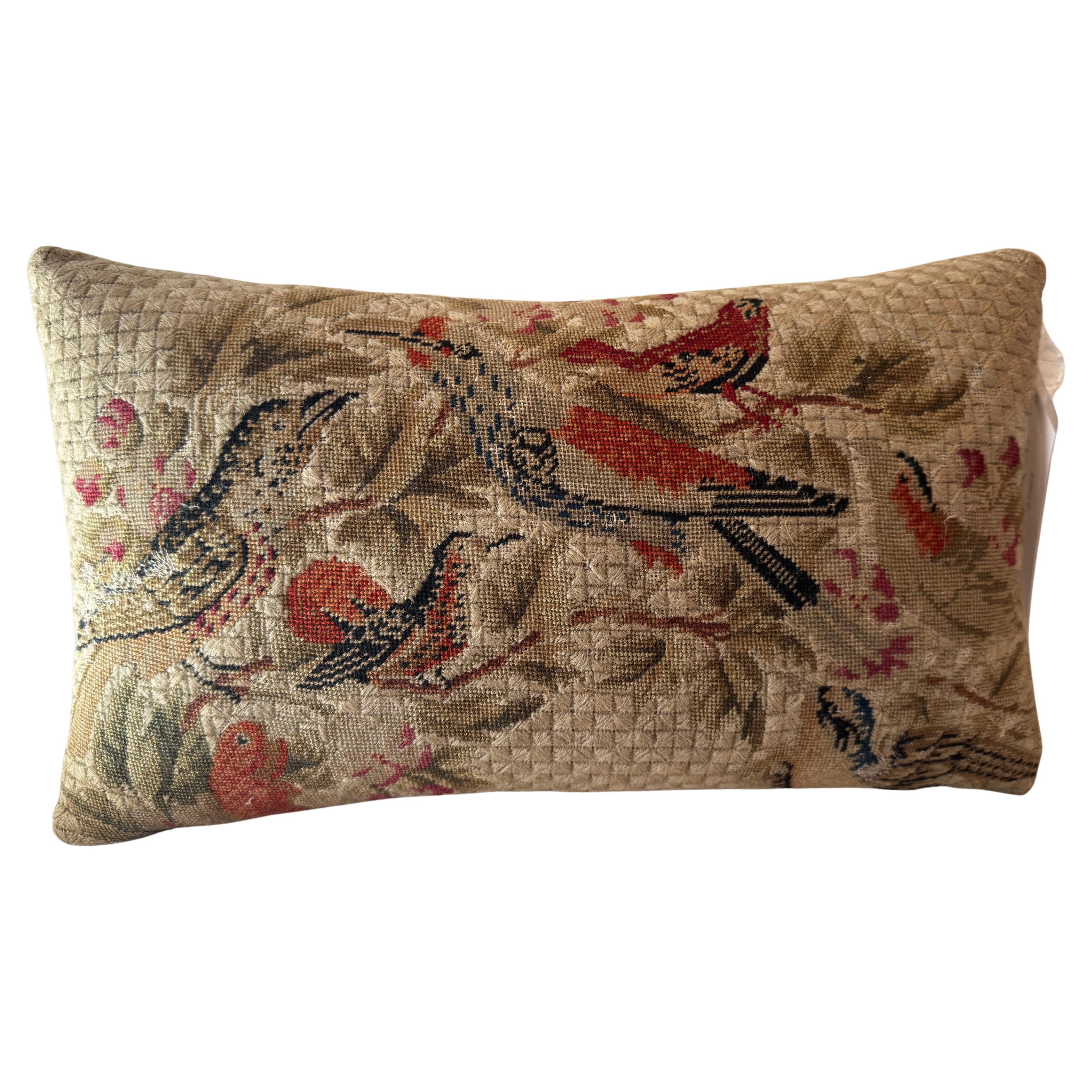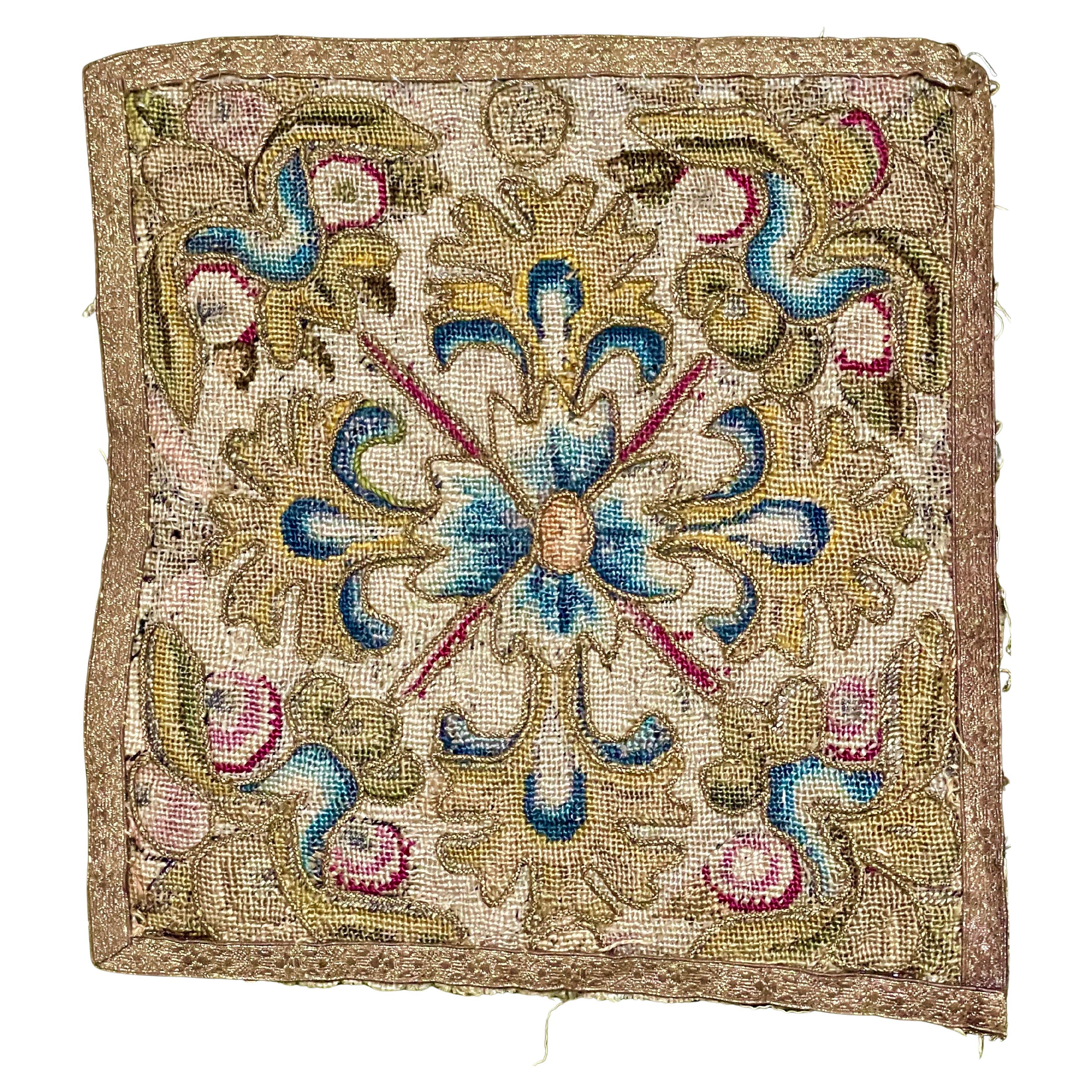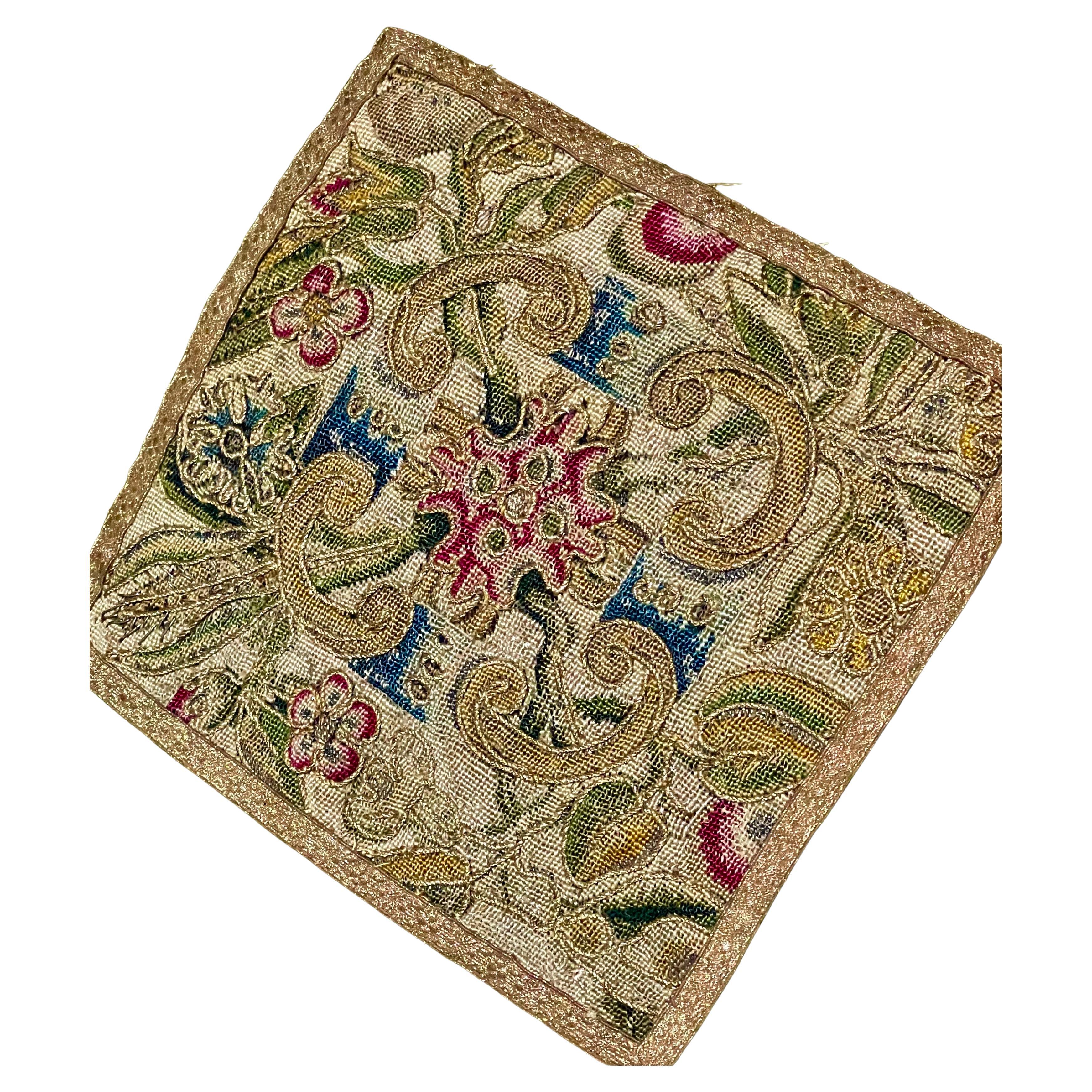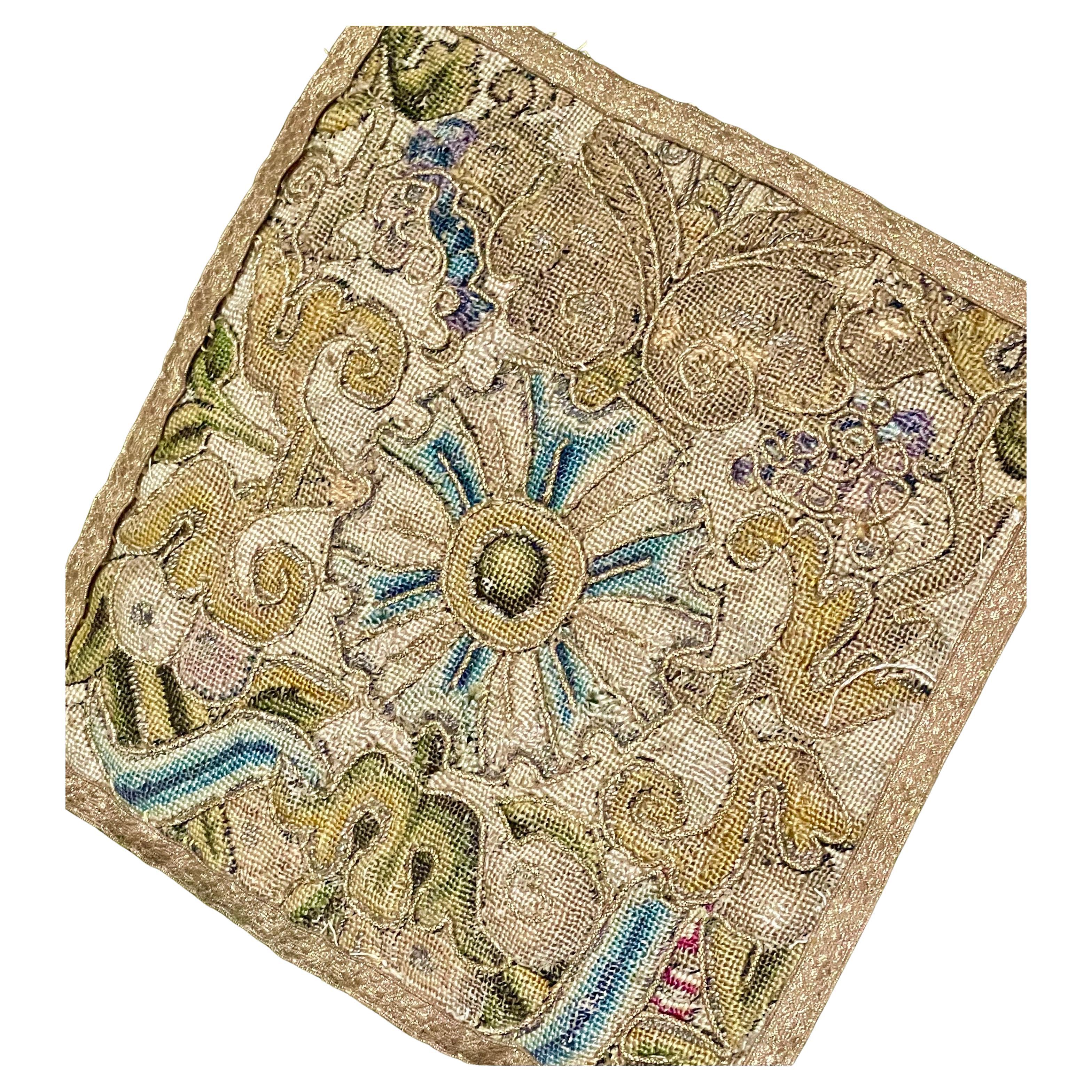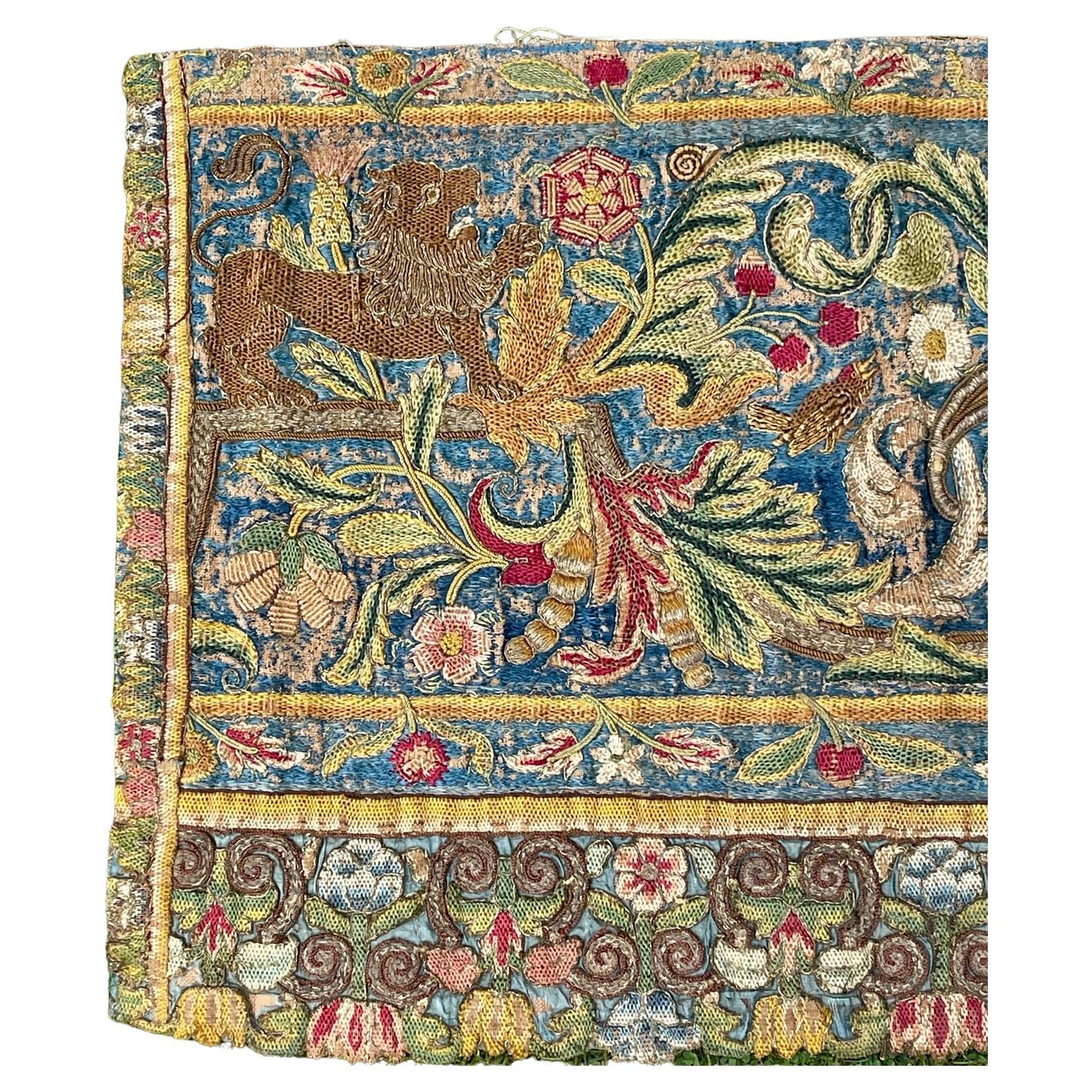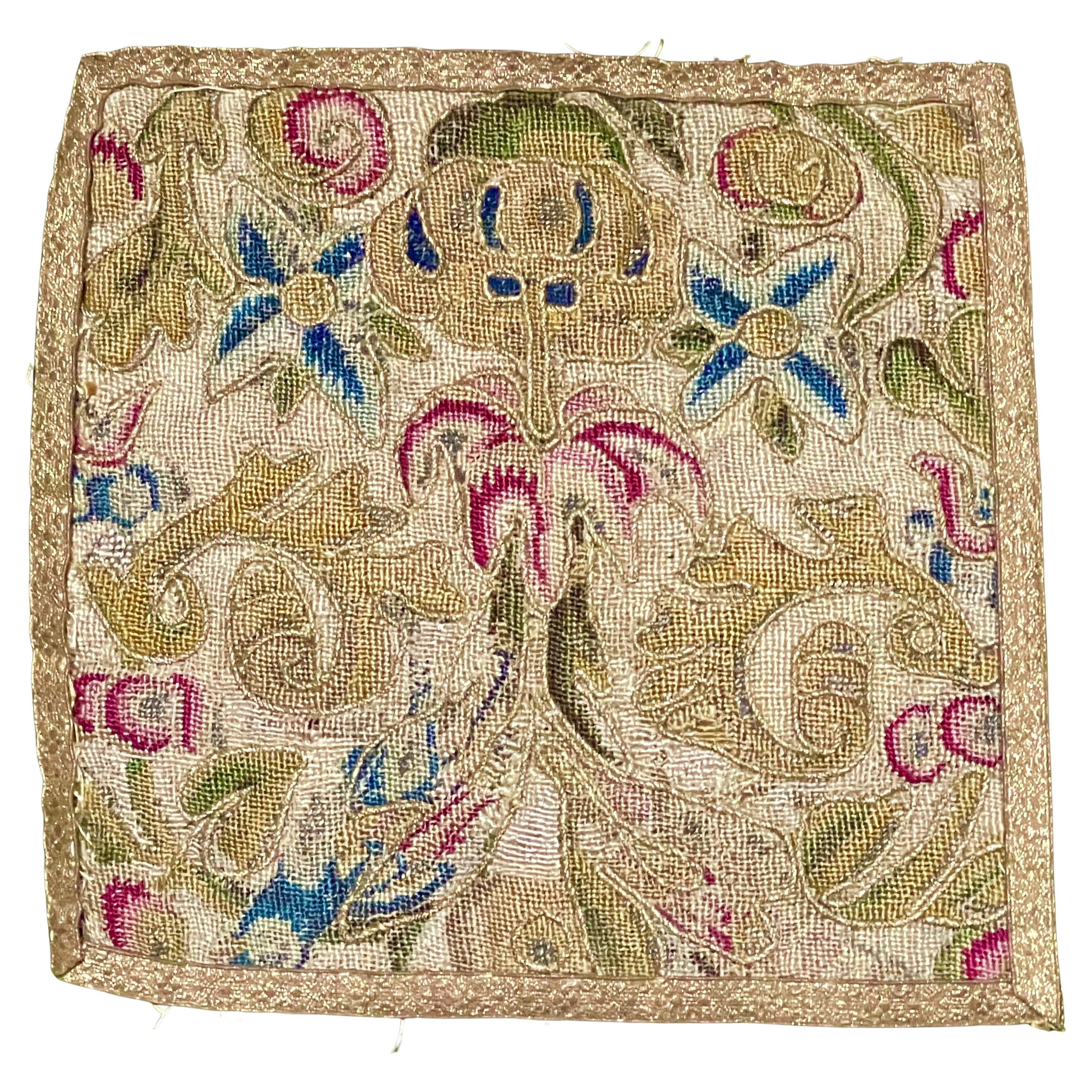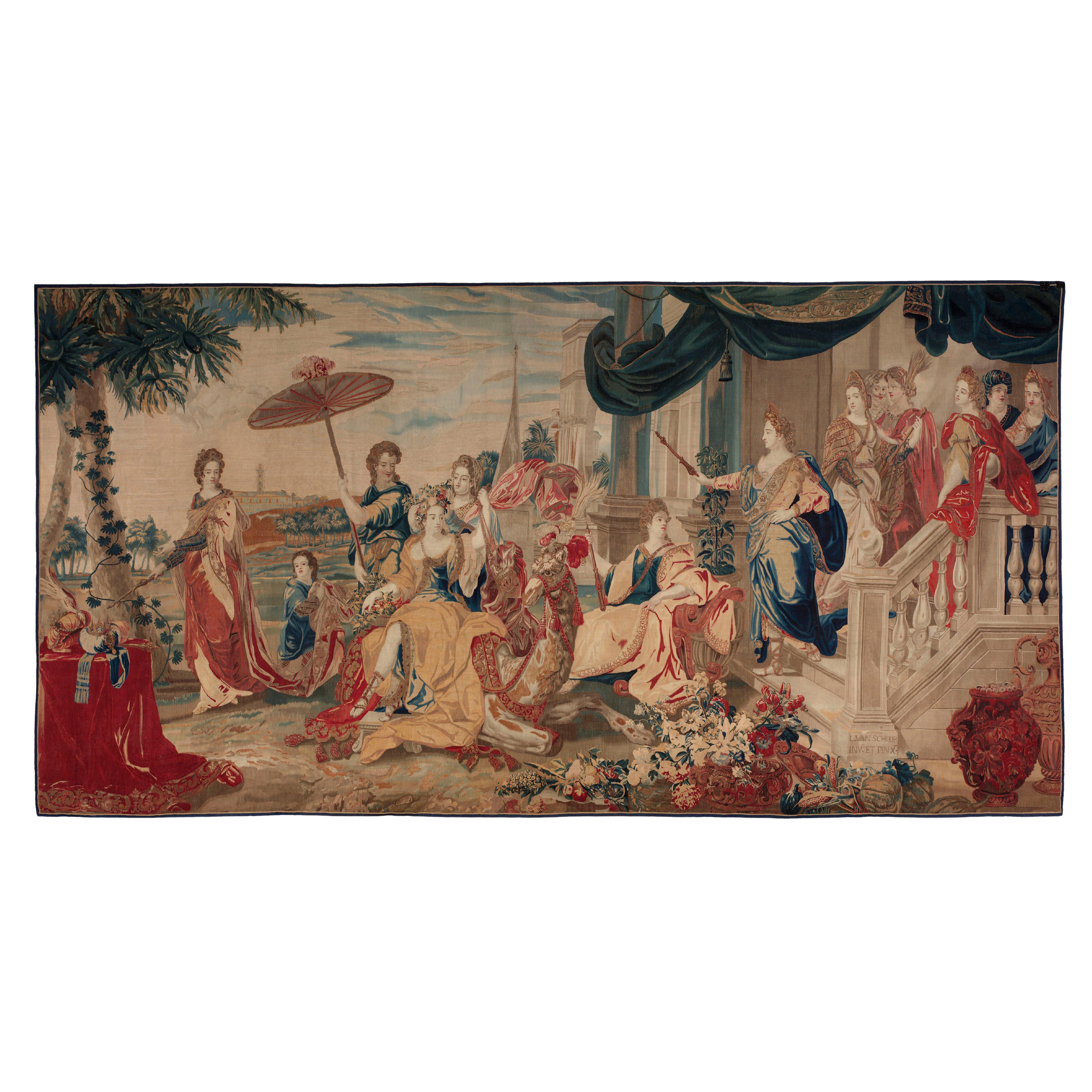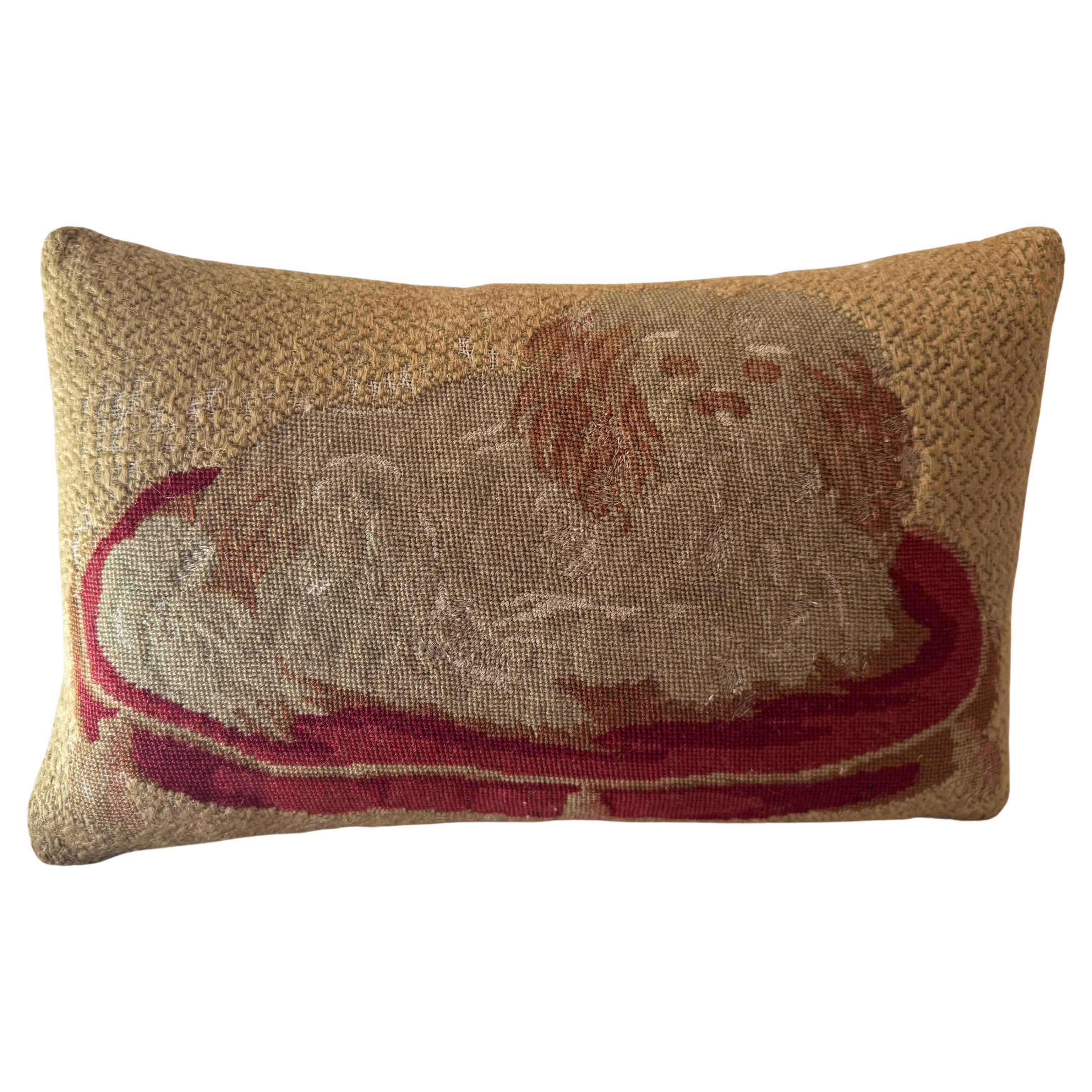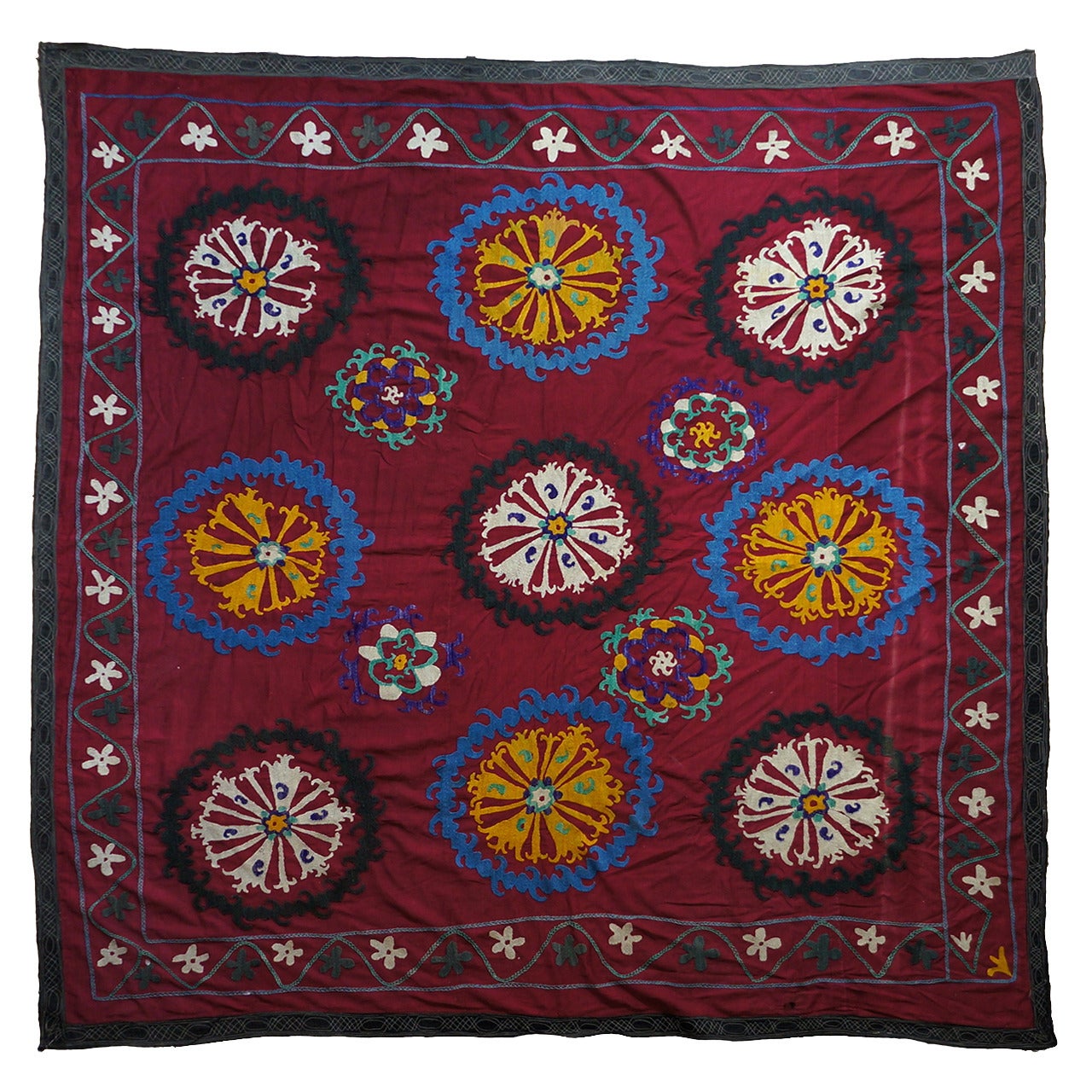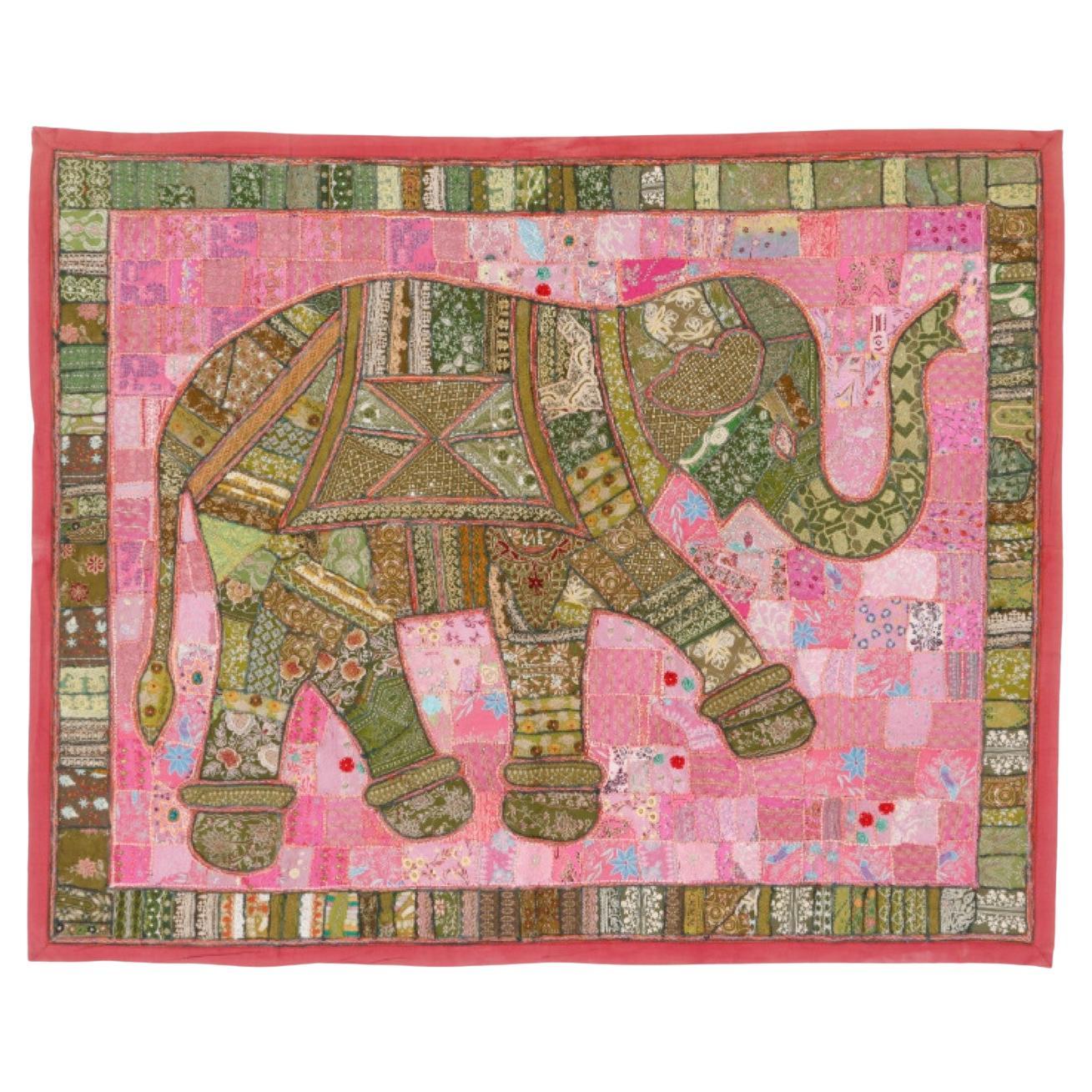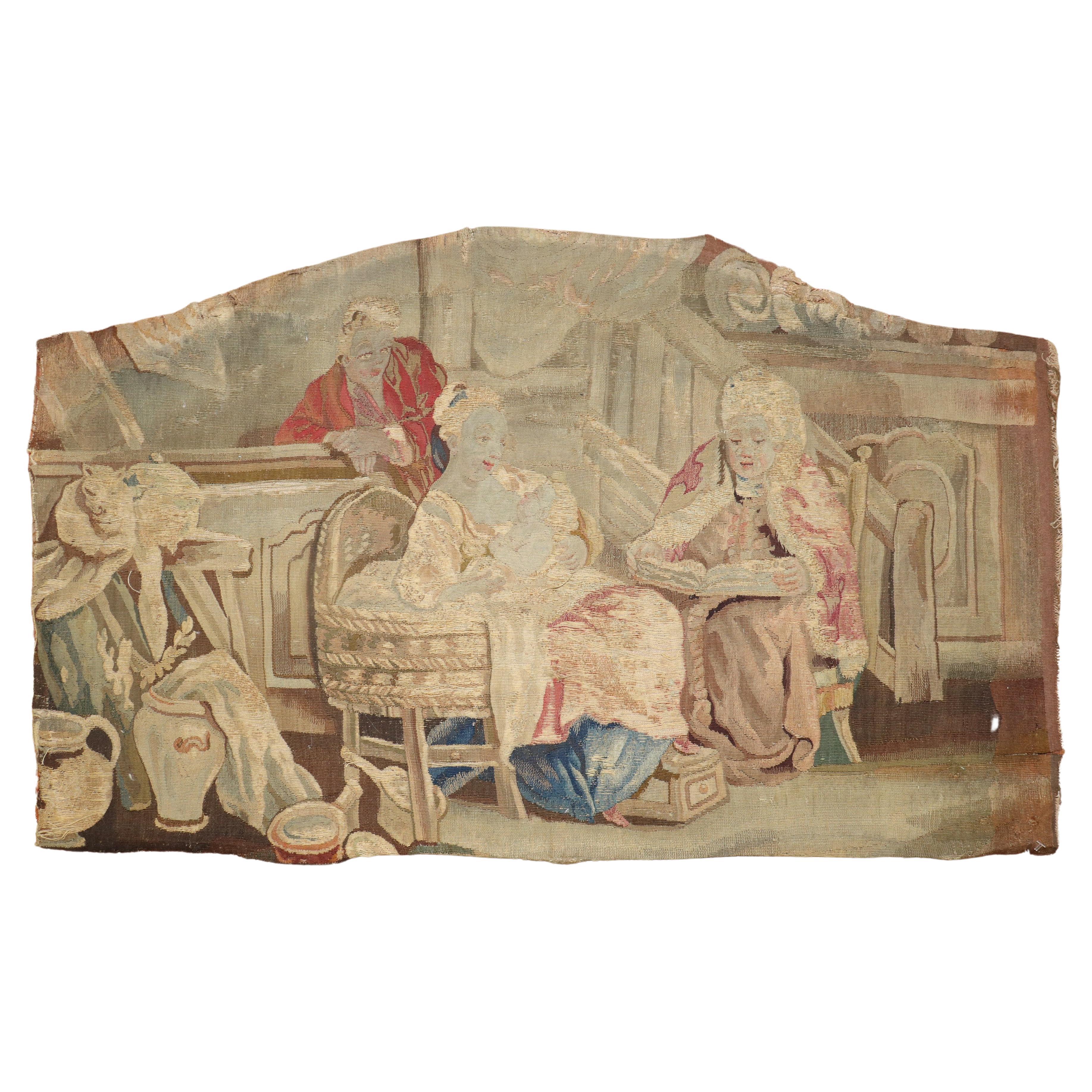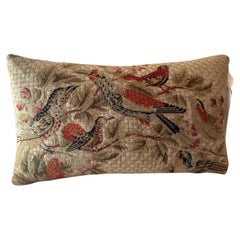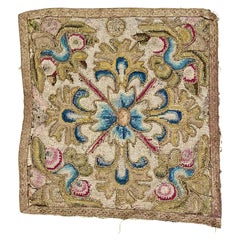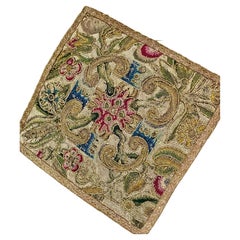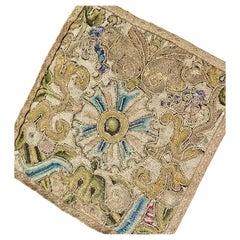
17th Century English Embroidery Needlework Tapestry
View Similar Items
1 of 6
17th Century English Embroidery Needlework Tapestry
Price:$750
$2,450List Price
About the Item
- Dimensions:Height: 36 in (91.44 cm)Width: 26.5 in (67.31 cm)Depth: 1 in (2.54 cm)
- Style:Jacobean (Of the Period)
- Materials and Techniques:
- Place of Origin:
- Period:
- Date of Manufacture:17th Century
- Condition:Wear consistent with age and use.
- Seller Location:Oakland Park, FL
- Reference Number:Seller: 0012681stDibs: LU94636702923
Authenticity Guarantee
In the unlikely event there’s an issue with an item’s authenticity, contact us within 1 year for a full refund. DetailsMoney-Back Guarantee
If your item is not as described, is damaged in transit, or does not arrive, contact us within 7 days for a full refund. Details24-Hour Cancellation
You have a 24-hour grace period in which to reconsider your purchase, with no questions asked.Vetted Professional Sellers
Our world-class sellers must adhere to strict standards for service and quality, maintaining the integrity of our listings.Price-Match Guarantee
If you find that a seller listed the same item for a lower price elsewhere, we’ll match it.Trusted Global Delivery
Our best-in-class carrier network provides specialized shipping options worldwide, including custom delivery.You May Also Like
17th Century English Needlework Pillow
Located in Los Angeles, US
17th Century English Needlework Pillow 15" X 9", handmade 17th century piece
Category
Antique 17th Century English Baroque Pillows and Throws
Materials
Wool, Feathers
17th Century English Needlework Panel
By Aubusson Manufacture
Located in Canterbury, GB
Beautiful English Needlework Panel
Dating from early 17th Century Circa 1620
The entire surface worked in intricate tiny silk stitches.
Hard to capture the beauty on my camera. ...
Category
Antique 17th Century British Charles II Pillows and Throws
Materials
Metallic Thread
Antique English Needlework 17th Century
By Aubusson Manufacture
Located in Canterbury, GB
Beautiful English Needlework Panel
Dating from early 17th Century Circa 1620
The entire surface worked in intricate tiny silk stitches.
Hard to capture the beauty on my camera...
Category
Antique 17th Century British Charles II Pillows and Throws
Materials
Metallic Thread
Antique English Needlework 17th Century
By Aubusson Manufacture
Located in Canterbury, GB
Beautiful English Needlework Panel
Dating from early 17th Century Circa 1620
The entire surface worked in intricate tiny silk stitches.
Hard to capture the beauty on my camera...
Category
Antique 17th Century British Charles II Pillows and Throws
Materials
Metallic Thread
17th Century English Needlework Panel
By Aubusson Manufacture
Located in Canterbury, GB
Truly magnificent antique Pelmet / Valance
Dating from 17th Century
In my opinion English. Charles II
The entire surface worked by hand in coloured silks and metallic threads.
...
Category
Antique 17th Century British Charles II Curtains and Valances
Materials
Linen, Silk
Antique English Needlework 17th Century
By Aubusson Manufacture
Located in Canterbury, GB
Beautiful English Needlework Panel
Dating from early 17th Century Circa 1620
The entire surface worked in intricate tiny silk stitches.
Hard to capture the beauty on my camera...
Category
Antique 17th Century British Charles II Pillows and Throws
Materials
Metallic Thread
Recently Viewed
View AllMore Ways To Browse
English Silk Needlework
English Silk Embroidery
1930s Mannequin
3 Drawer Commode Pair
36 Inch Chest Of Drawers
Anglo Indian Brass Inlay
Antique Baby Plates
Antique Glass Front Secretary
Antique Horse Tack
Antique Korean Bowl
Antique Map Case
Antique Netsuke
Antique Portland Glass
Antique Primitive Trunk
Antique Saddle Collectors
Antique Spinners
Antique Tall Secretary Desk
Antique Walnut Wall Shelf
